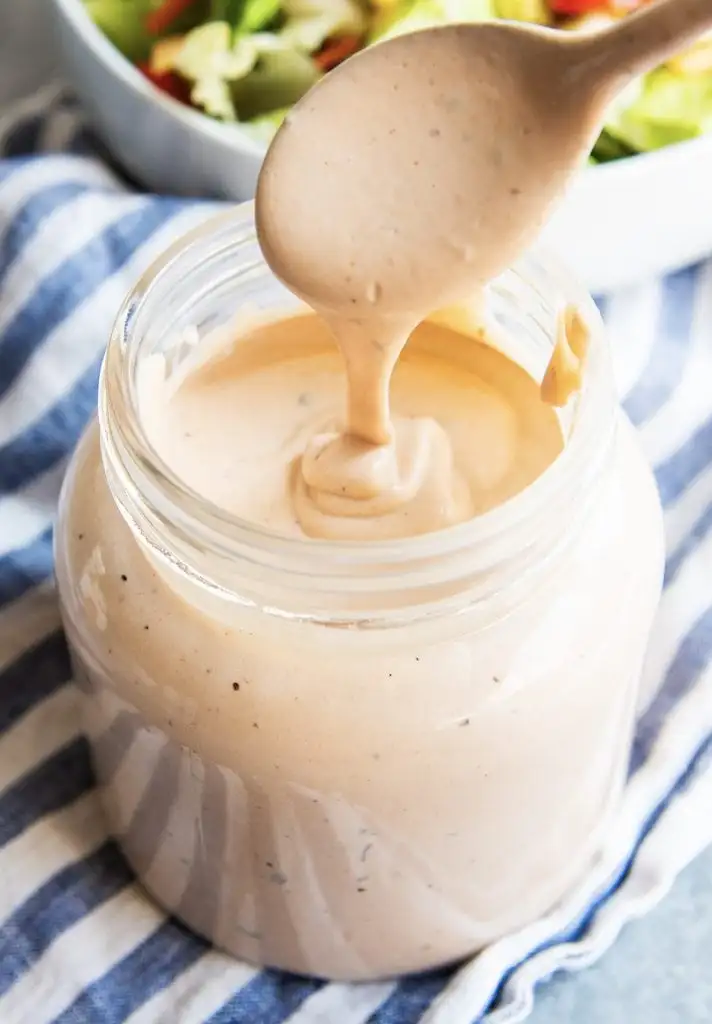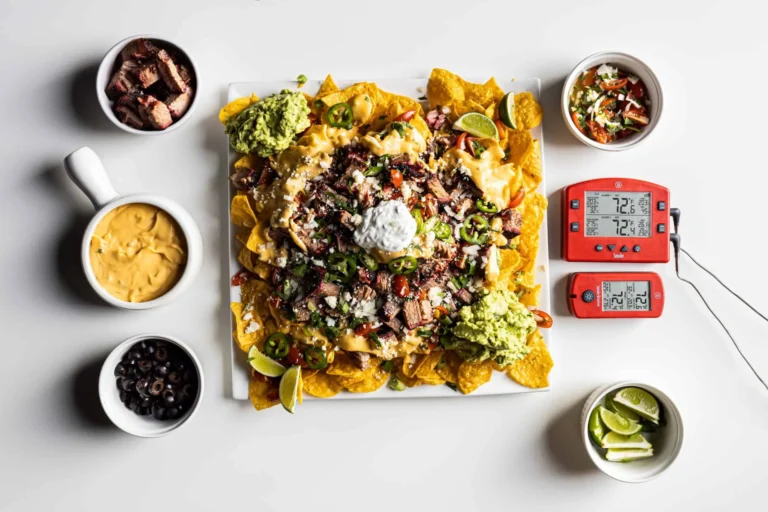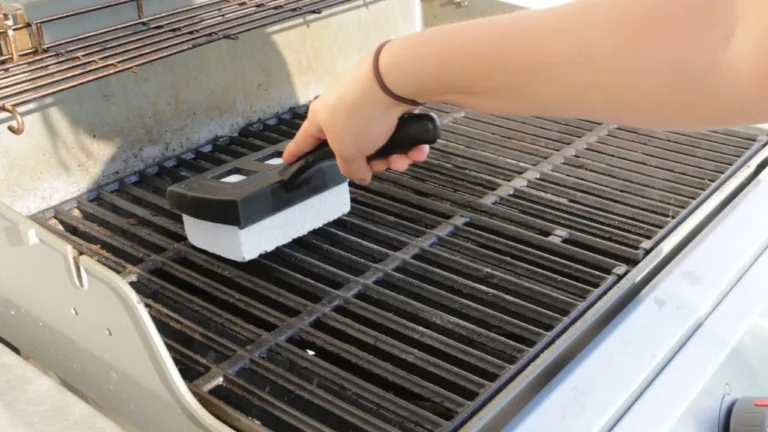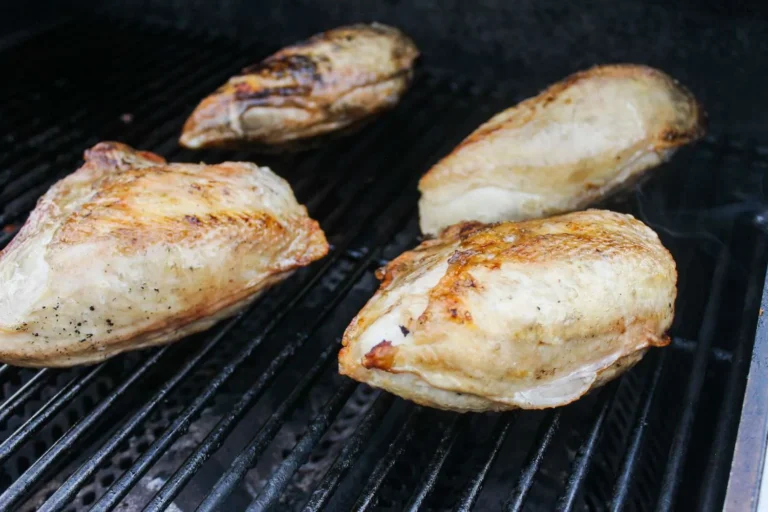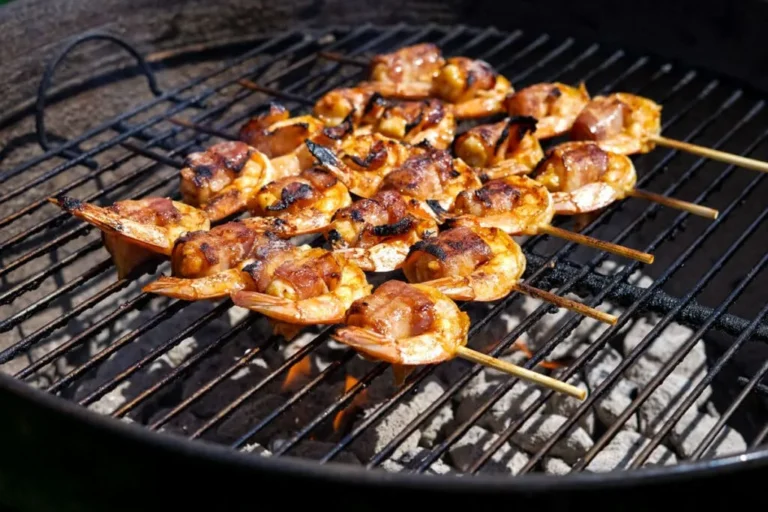Slow Cooked Brisket in Oven: The Ultimate Guide
Hey BBQ lovers! Welcome to 79th Street BBQ, where we dive deep into the art of grilling, smoking, and all things BBQ. Today, we’re tackling the king of comfort food: slow-cooked brisket in the oven. This recipe is perfect for anyone wanting to enjoy succulent, tender brisket without the need for a smoker. Let’s get started!

Why This Recipe Works
- Mimics Smoking: The oven replicates the gentle, steady heat of smoking, ensuring the brisket absorbs flavors deeply and evenly.
- Controlled Cooking Environment: The oven offers a stable environment, free from outdoor variables like wind and temperature changes, guaranteeing perfect brisket every time.
- Ease and Accessibility: No need for special equipment like a smoker—oven cooking brings smoking techniques right into your home kitchen.
- Flavor Development: The slow cooking process in the oven allows flavors to fully develop, resulting in a brisket that’s not only tender and flavorful but also boasts a perfect crust that can rival traditional smoking.
Selecting the Right Brisket
What is Brisket? Brisket comes from the lower chest or breast of beef, a hardworking area with plenty of connective tissues and a dense texture that becomes incredibly tender with slow cooking.
Flat Cut Beef Brisket: Choose the flat cut if you want a leaner option that cooks evenly and slices beautifully. It’s perfect for those who seek a balance between tenderness and a meaty texture.
Beef Belly Brisket: If you prefer more flavor and tenderness, go for the beef belly brisket. This cut includes more fat, providing that melt-in-your-mouth experience.
Size Matters: Aim for a brisket weighing around 10 to 12 pounds. Larger cuts offer a good balance of meat and fat, essential for retaining moisture and flavor during the long cooking hours in the oven.
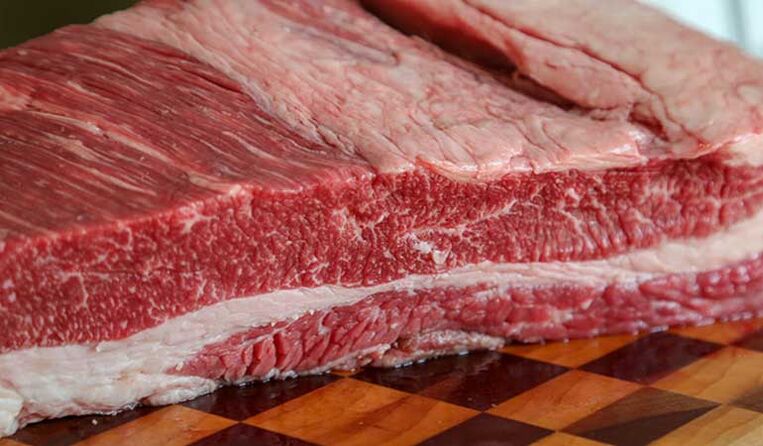
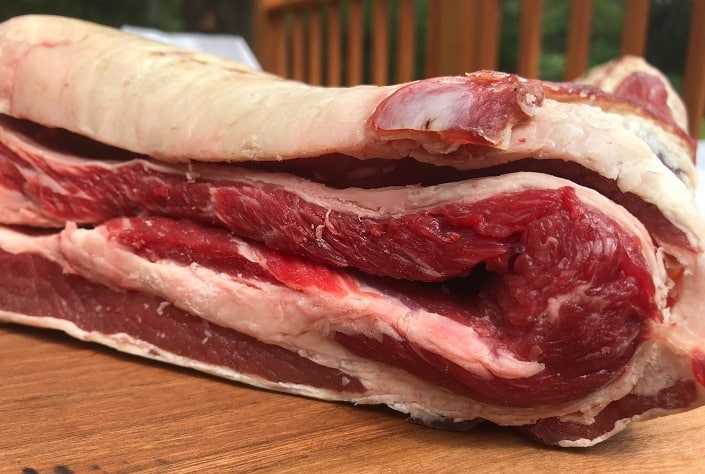
Ingredients Needed for Slow Cooked Brisket in Oven
For the Marinade:
- 1 cup apple cider vinegar
- 1/2 cup soy sauce
- 1/4 cup brown sugar
- 1/4 cup Worcestershire sauce
- 3 cloves garlic, minced
- 1 tablespoon smoked paprika
- 2 teaspoons black pepper
- 1 teaspoon salt

For the Dry Rub:
- 1/4 cup coarse salt
- 1/4 cup black pepper
- 2 tablespoons garlic powder
- 2 tablespoons onion powder
- 1 tablespoon chili powder
- 1 tablespoon mustard powder
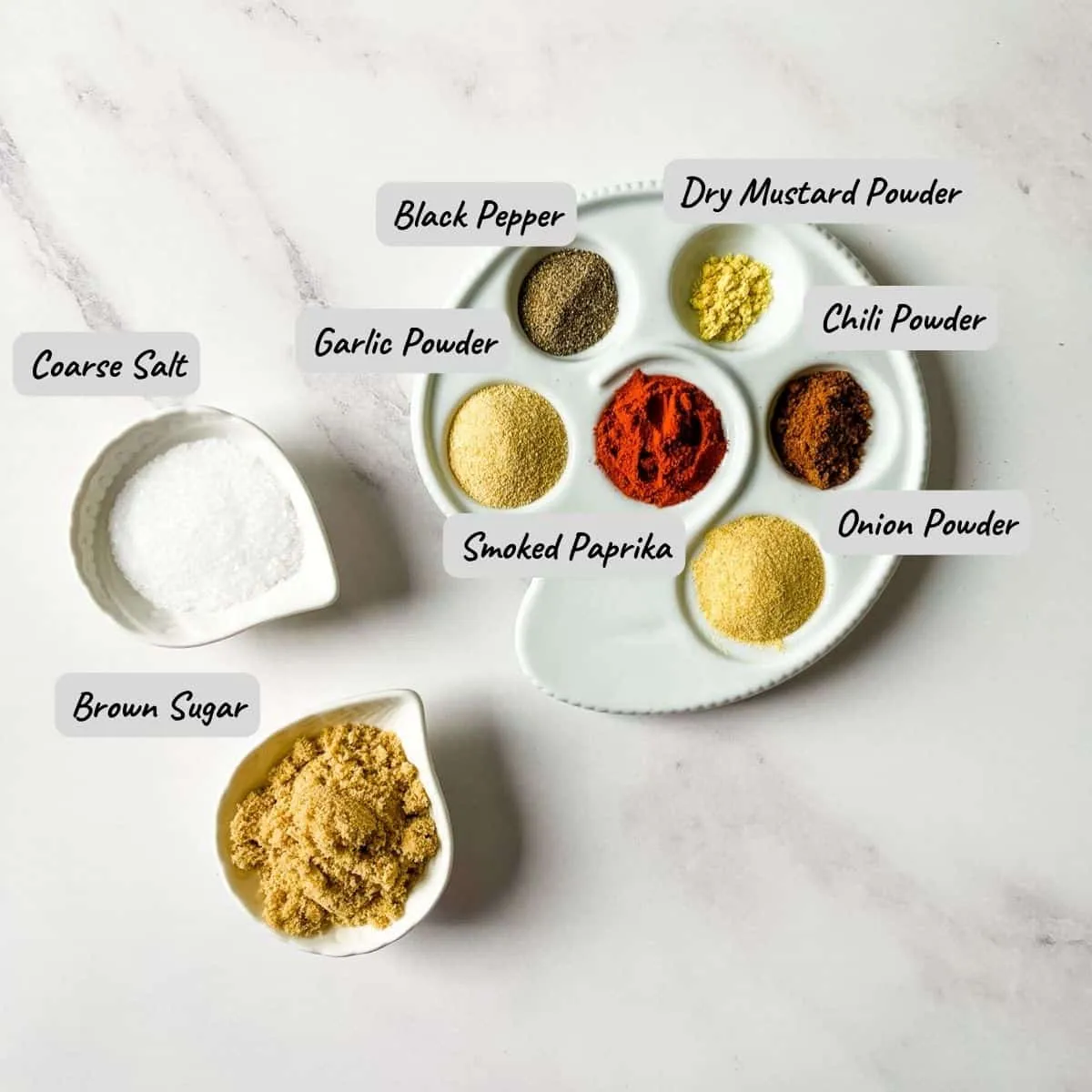
Marinating the Brisket
Marinating is key for flavor and tenderness. Mix your marinade ingredients and let the brisket soak for at least 12 hours, ideally 24. This allows the flavors to penetrate deeply, ensuring every bite is packed with taste.
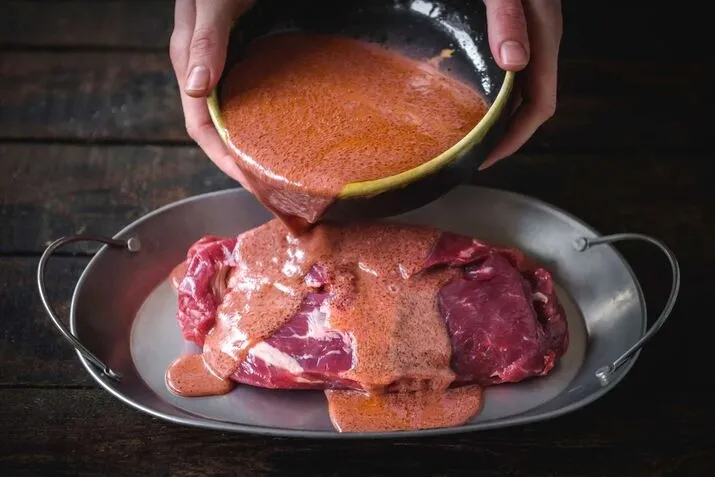
“Smoke Juice” Marinade
Add that irresistible smoky flavor to your brisket without a smoker with this “Smoke Juice” marinade:
Ingredients:
- 1 cup beef broth – acts as the liquid base.
- 1/2 cup apple cider vinegar – adds acidity and tenderizes the meat.
- 1/4 cup Worcestershire sauce – deepens the umami flavors.
- 2 tablespoons liquid smoke – gives the brisket a classic smoky taste.
- 2 tablespoons olive oil – binds the flavors and coats the meat evenly.
- 3 cloves garlic, minced – provides a sharp kick.
- 2 teaspoons smoked paprika – enhances the smokiness.
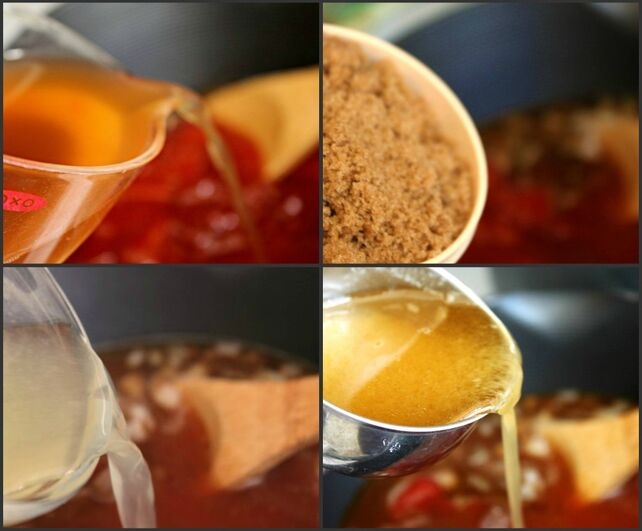
Step-by-Step Instructions
- Prepare the Marinade: Combine all marinade ingredients in a bowl. Place the brisket in a resealable bag or dish and pour the marinade over it. Refrigerate for at least 12 hours.
- Apply the Dry Rub: After marinating, pat the brisket dry. Mix the dry rub ingredients and generously coat the brisket.
- Preheat the Oven: Set your oven to 275°F (135°C).
- Cook the Brisket: Place the brisket fat-side up in a roasting pan. Add beef broth to the pan for moisture. Cover tightly with foil and cook for about 6 hours, or until the internal temperature reaches 195°F (90°C).
- Rest the Brisket: Let it rest covered for at least 30 minutes to allow the juices to redistribute.
- Slice and Serve: Slice against the grain for the best texture and serve with your favorite sides.

Preparing the Brisket
Trimming: Trim excess fat from the brisket, leaving about a quarter-inch layer to keep the meat moist during cooking.
Applying the Marinade:
- Mix the “Smoke Juice” marinade ingredients thoroughly.
- Place the brisket in a large resealable bag or deep dish, and pour the marinade over it, ensuring it’s well-coated.
- Seal the bag or cover the dish, and marinate in the refrigerator for at least 12 hours to let the flavors penetrate deeply.
Adding the Dry Rub:
- After marinating, remove the brisket and pat it dry.
- Generously apply the dry rub, pressing the spices into the meat to create a flavorful crust.
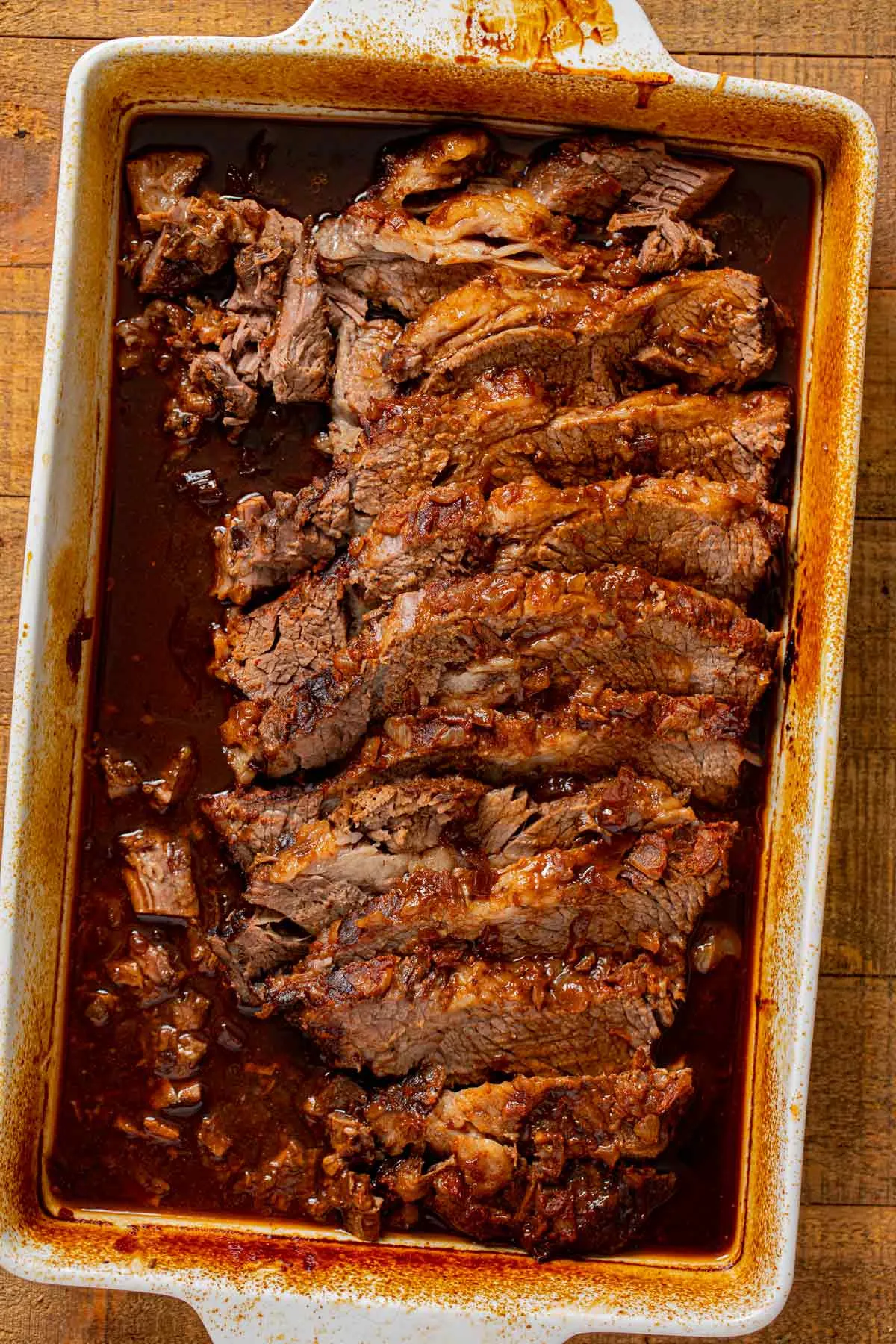
Oven Cooking Process
Cooking the brisket in the oven requires careful temperature control and timing:

Preheat the Oven:
- Heat your oven to 275°F (135°C). This low and slow method helps tenderize the brisket.
Set Up for Cooking:
- Place the brisket fat-side up in a roasting pan. Using a rack can help air circulate around the brisket for even cooking.
- Add a couple of cups of beef broth to the pan to maintain moisture throughout the cooking process.
Cooking:
- Cover the pan tightly with foil or a lid to trap in moisture and prevent the brisket from drying out.
- Cook the brisket for about 6 hours, or until it reaches an internal temperature of 195°F (90°C). The low heat will slowly break down the fat and connective tissue, enhancing tenderness.
Checking for Doneness:
- Check the brisket by inserting a fork or thermometer to ensure it is tender and has reached the correct internal temperature.
- If the brisket isn’t tender after the initial cooking time, continue cooking and check every 30 minutes until it reaches the desired tenderness.
Tips for Perfect Oven Brisket
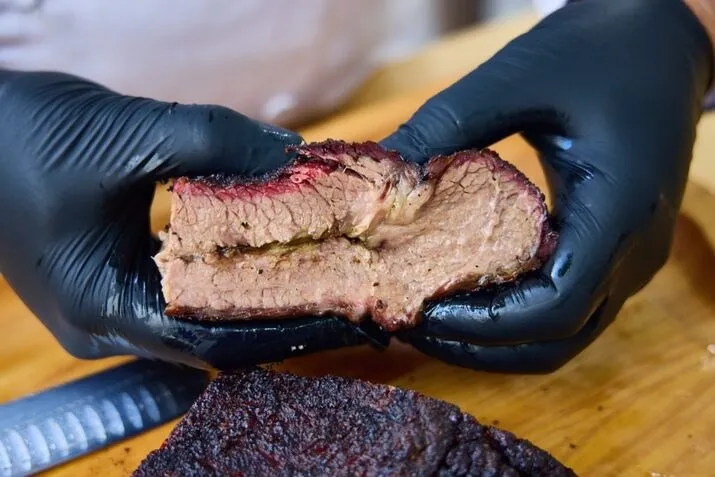
- Low and Slow: Cooking at a low temperature for a long time ensures tender meat.
- Keep It Covered: This retains moisture, preventing the brisket from drying out.
- Resting Time: Allowing the brisket to rest before slicing keeps it juicy.
- Slice Against the Grain: This technique makes the meat easier to chew.
Serving Suggestions
Serve your brisket with classic sides like mashed potatoes, roasted veggies, or a fresh green salad.
For a twist, try brisket tacos, sliders, or even brisket pizza. The versatility of brisket means the possibilities are endless!

Traditional Sides
Pairing brisket with traditional sides is a classic for a reason—they enhance its rich flavors perfectly. Here are some top choices:
Potatoes:
- Creamy mashed potatoes.
- Scalloped potatoes layered with cheese and cream for a decadent treat.
Vegetables:
- Steamed or roasted veggies like carrots, asparagus, or Brussels sprouts.
- Simply season with salt, pepper, and a drizzle of olive oil.
Bread:
- Cornbread, perfect for soaking up extra juices.
- Warm dinner rolls or garlic bread for a comforting side.
Creative Pairing Ideas
Elevate your brisket meal with these creative and unexpected serving ideas:
- Brisket Sliders: Mini sliders with brisket slices topped with onion jam or quick pickles, ideal for any gathering.
- Brisket Tacos: Soft tortillas filled with brisket, fresh cilantro, diced onions, and a splash of lime for a Tex-Mex twist.
- Brisket Poutine: Fries layered with cheese curds and brisket chunks, then smothered in gravy for a hearty Canadian-inspired dish.
- Brisket Pizza: Thinly sliced brisket on a homemade or pre-made crust, topped with BBQ sauce, red onions, and a blend of cheeses for a delightful twist.
- Asian Fusion: Incorporate brisket into Asian dishes like brisket bao buns or serve it over stir-fried noodles and vegetables, seasoned with soy sauce and sesame oil.
Storing and Reheating
Cool your brisket before refrigerating. Wrap it tightly in foil or place it in an airtight container. It can last up to four days in the fridge or three months in the freezer. To reheat, add some broth to keep it moist and warm it in the oven at 325°F (163°C) until it reaches 165°F (74°C).
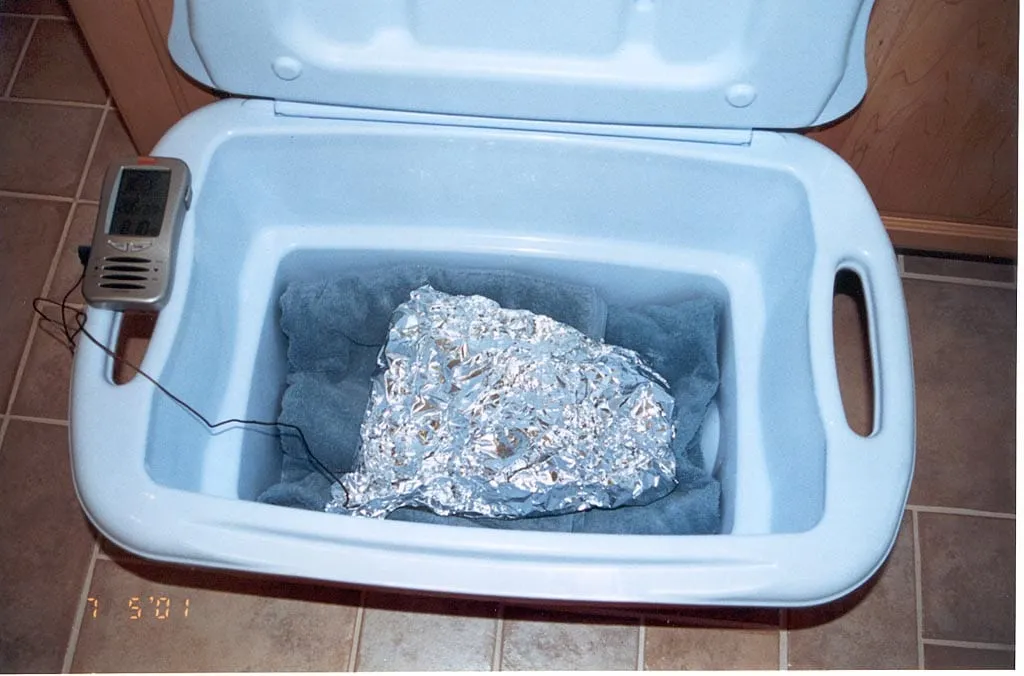
FAQs
Adjusting for Different Oven Types
Cooking brisket in the oven can vary depending on the type of oven you have. Here are some tips to ensure you get the best results, whether you’re using a conventional, convection, toaster, electric roaster, or smart oven:
Conventional Ovens:
- These are the most common and what most recipes are based on.
- Follow the recipe as directed, but remember conventional ovens may have hot spots. Rotate your brisket halfway through cooking to ensure even browning.
Convection Ovens:
- Convection ovens circulate hot air around the food, speeding up the cooking process.
- Reduce the cooking temperature by 25°F (14°C) from the recipe’s suggestion, and check the brisket 30 minutes to an hour earlier to prevent overcooking and ensure tenderness.
Toaster Ovens:
- Not ideal for large cuts like brisket, but suitable for smaller or pre-cut pieces.
- Reduce the temperature by 25°F (14°C) compared to conventional ovens and cover the brisket tightly to retain moisture.
- Monitor closely, as cooking times can vary significantly to avoid drying out.
Electric Roaster Ovens:
- Great for brisket due to their ability to maintain consistent low temperatures.
- Cook as you would in a conventional oven, but keep a closer eye on moisture levels.
- Consider adding extra liquid to the pan to ensure the brisket doesn’t dry out.
Smart Ovens:
- Use the roast setting and adjust according to the oven’s instructions for meat.
- These ovens often provide precise temperature control, making them excellent for cooking brisket.
Curious about other cooking methods? Check out our article on “How to BBQ Brisket on a Gas Grill” for expert tips and techniques.
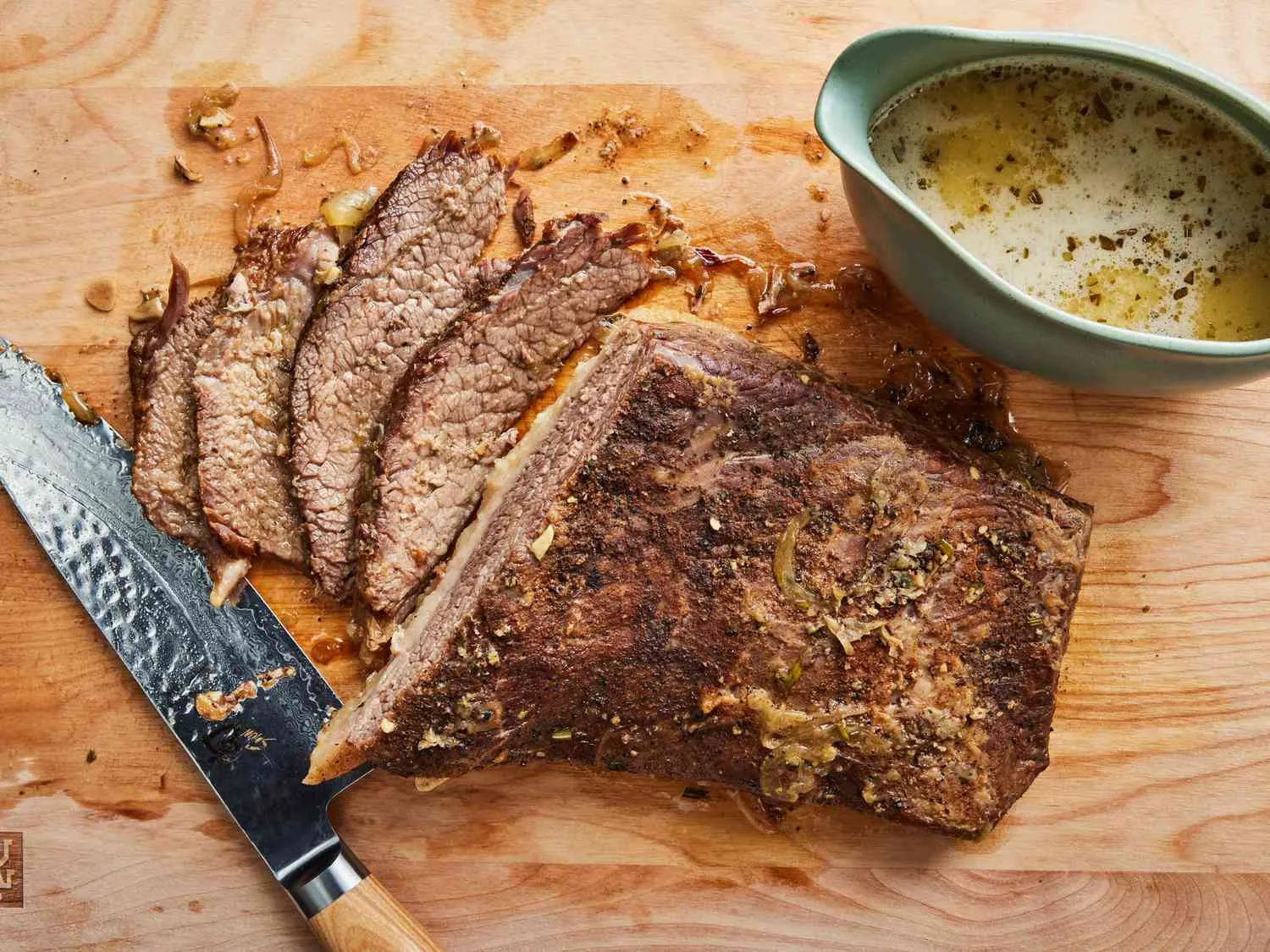
Nutrition Information
For a serving size of about 3 ounces (85 grams) of cooked brisket, the estimated nutrition information is as follows:
- Calories: 250-300 kcal
- Protein: 22-25 g
- Total Fat: 15-20 g
- Saturated Fat: 5-7 g
- Trans Fat: 0 g
- Cholesterol: 70-85 mg
- Sodium: 350-500 mg (varies significantly based on the rub and marinade)
- Carbohydrates: 2-5 g
- Dietary Fiber: 0 g
- Sugars: 1-2 g (primarily from marinade ingredients like brown sugar or honey)
Vitamins and Minerals:
- Vitamin B12: Significant source due to beef content
- Iron: Good source, important for blood health
- Zinc: Contributes to immune system function
Key Nutritional Benefits:
- Protein-Rich: Brisket is an excellent source of high-quality protein, essential for muscle repair and growth.
- B Vitamins: Rich in B vitamins, particularly B12, which helps in the formation of red blood cells and brain function.
- Minerals: Provides essential minerals like iron and zinc, supporting immune health and metabolism.
Considerations:
- Fat Content: Brisket is a fatty cut of beef, though much of the fat can be trimmed before cooking. The remaining fat contributes to the dish’s flavor and texture.
- Sodium: The sodium level can be high due to the ingredients in the marinade and rub. Those monitoring their sodium intake should adjust the amount of added salt or look for low-sodium alternatives in other ingredients like soy sauce.
Connect and Share
We love seeing and hearing about your culinary adventures, especially when it involves a dish as beloved as brisket!
- Share Your Tips: Have you discovered a special trick or tweak that makes your brisket unbeatable? Maybe you’ve found the perfect temperature adjustment or a marinade ingredient that changes everything.
- Post Your Photos: Nothing tells a story quite like a photo. Snap a picture of your finished brisket or document the process and share it with us. Seeing your masterpiece can inspire others and offer real insight into how different techniques and presentations turn out.
- Feedback and Suggestions: We’re constantly looking to improve and provide you with the content you find most useful and enjoyable. Let us know what else you’d like to see, whether it’s more recipes like this, detailed guides on other cooking techniques, or something completely different.
We can’t wait to see your creations and hear your stories! Happy cooking, and even happier eating!
Disclosure: Our blog contains affiliate links to products. We may receive a commission for purchases made through these links. However, this does not impact our reviews and comparisons. We try our best to keep things fair and balanced, in order to help you make the best choice for you.

